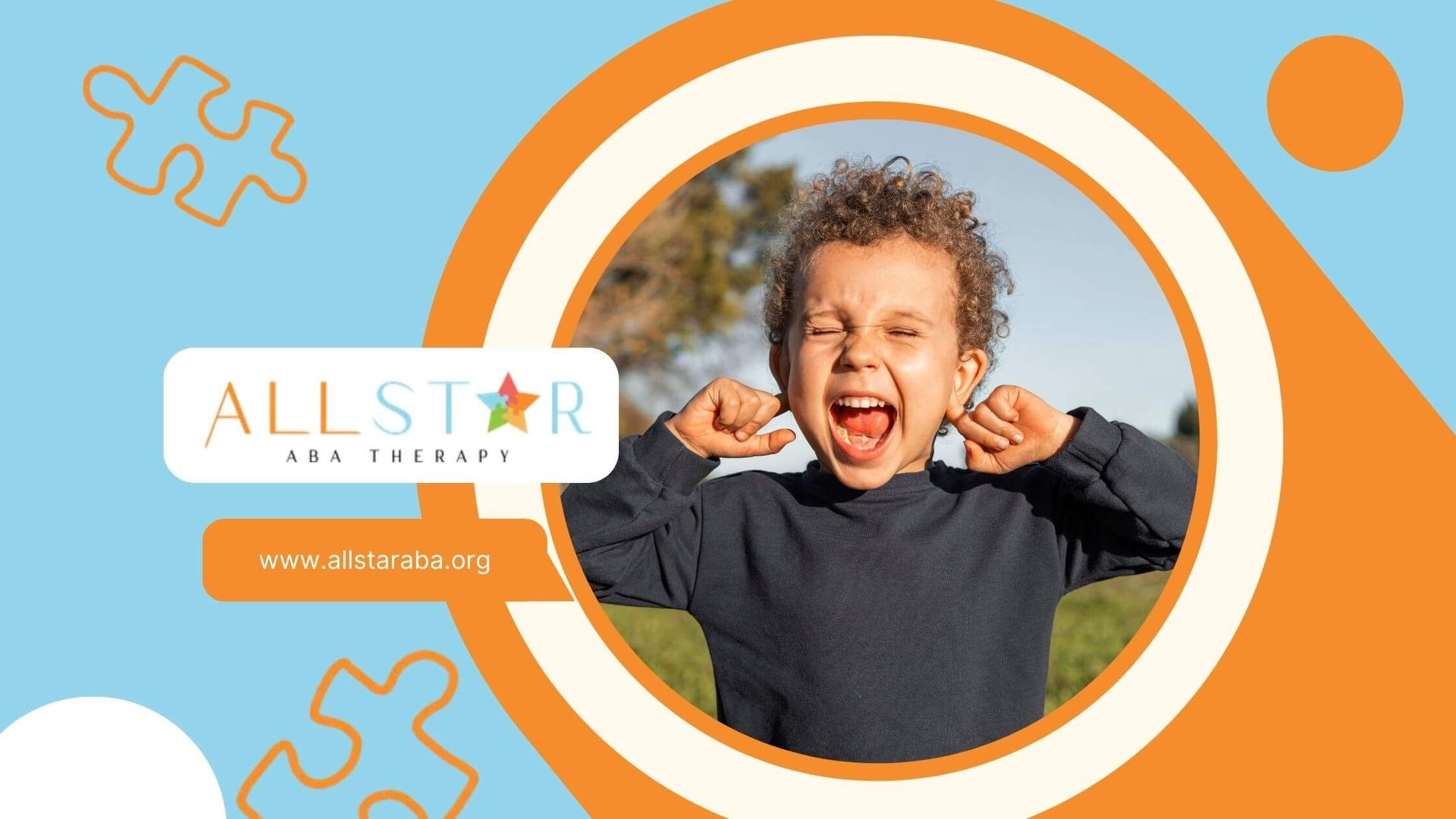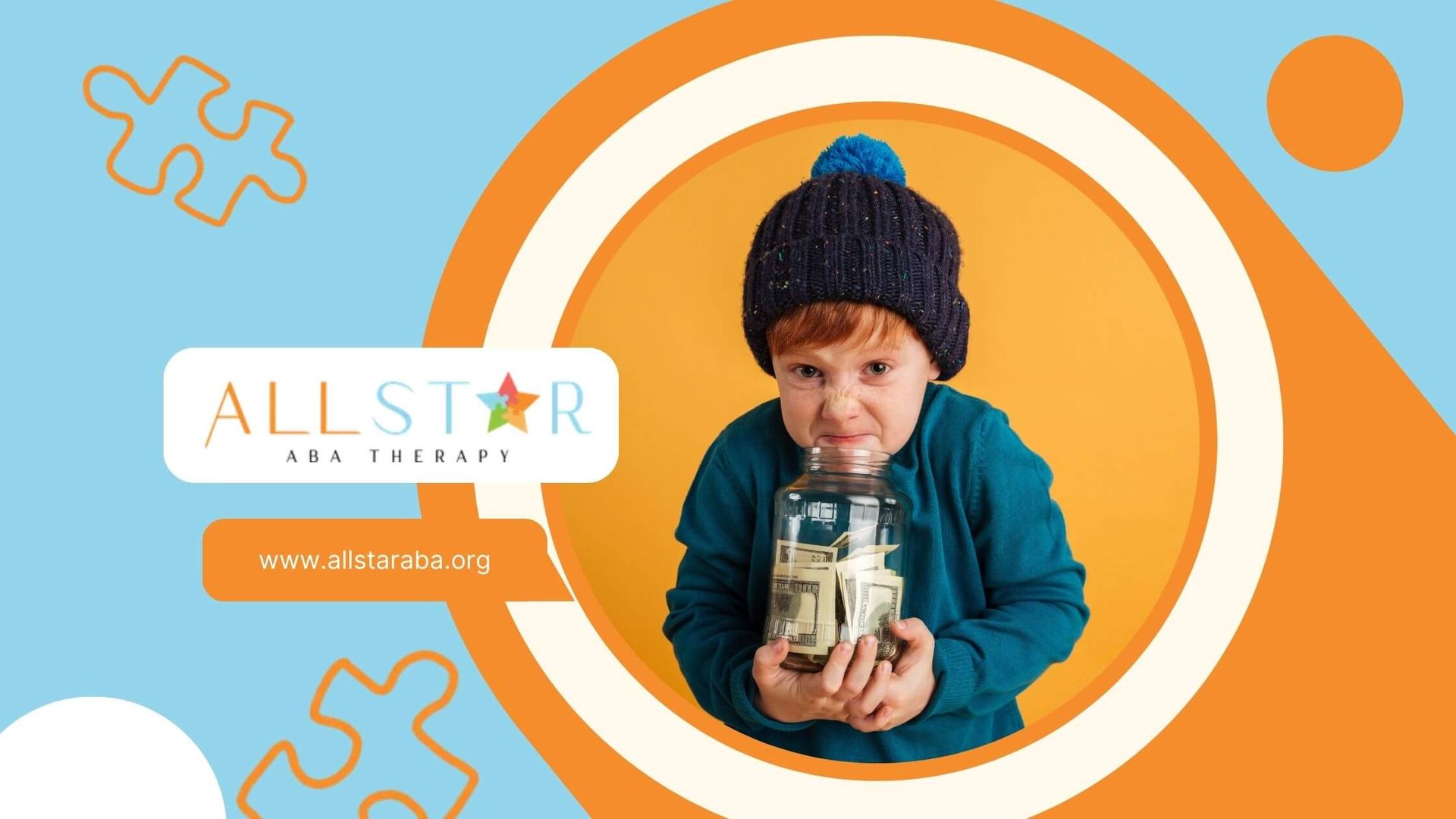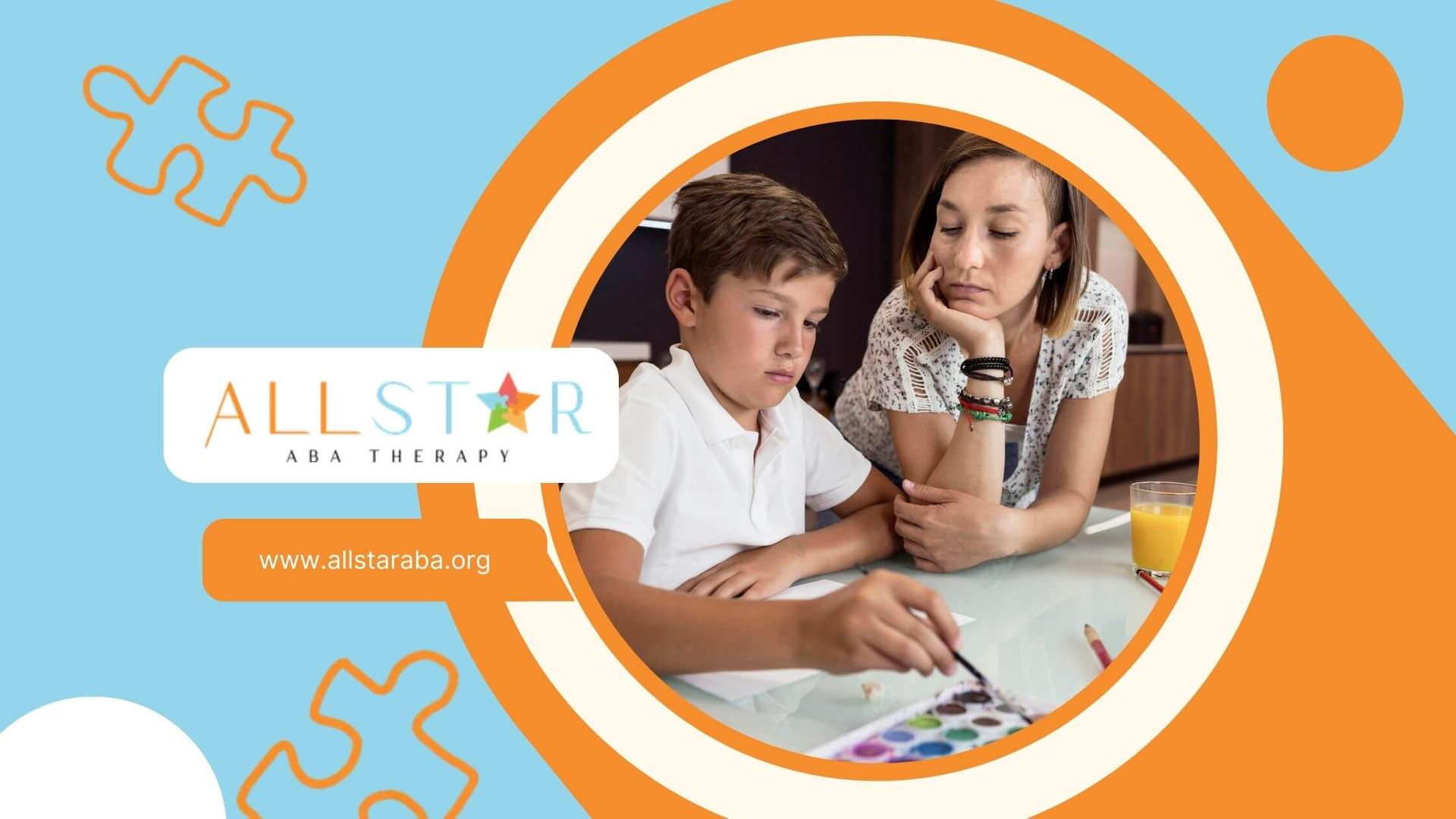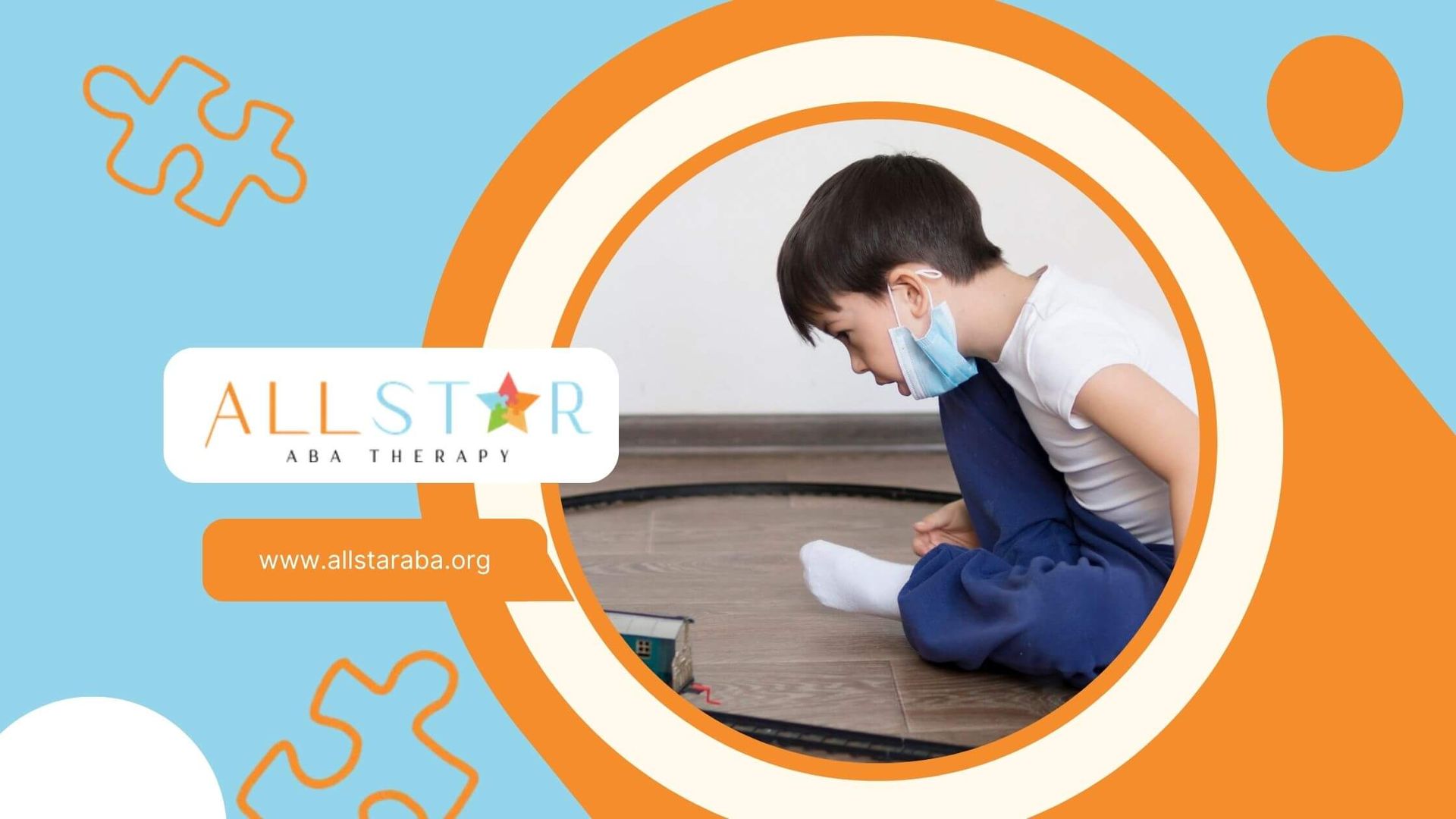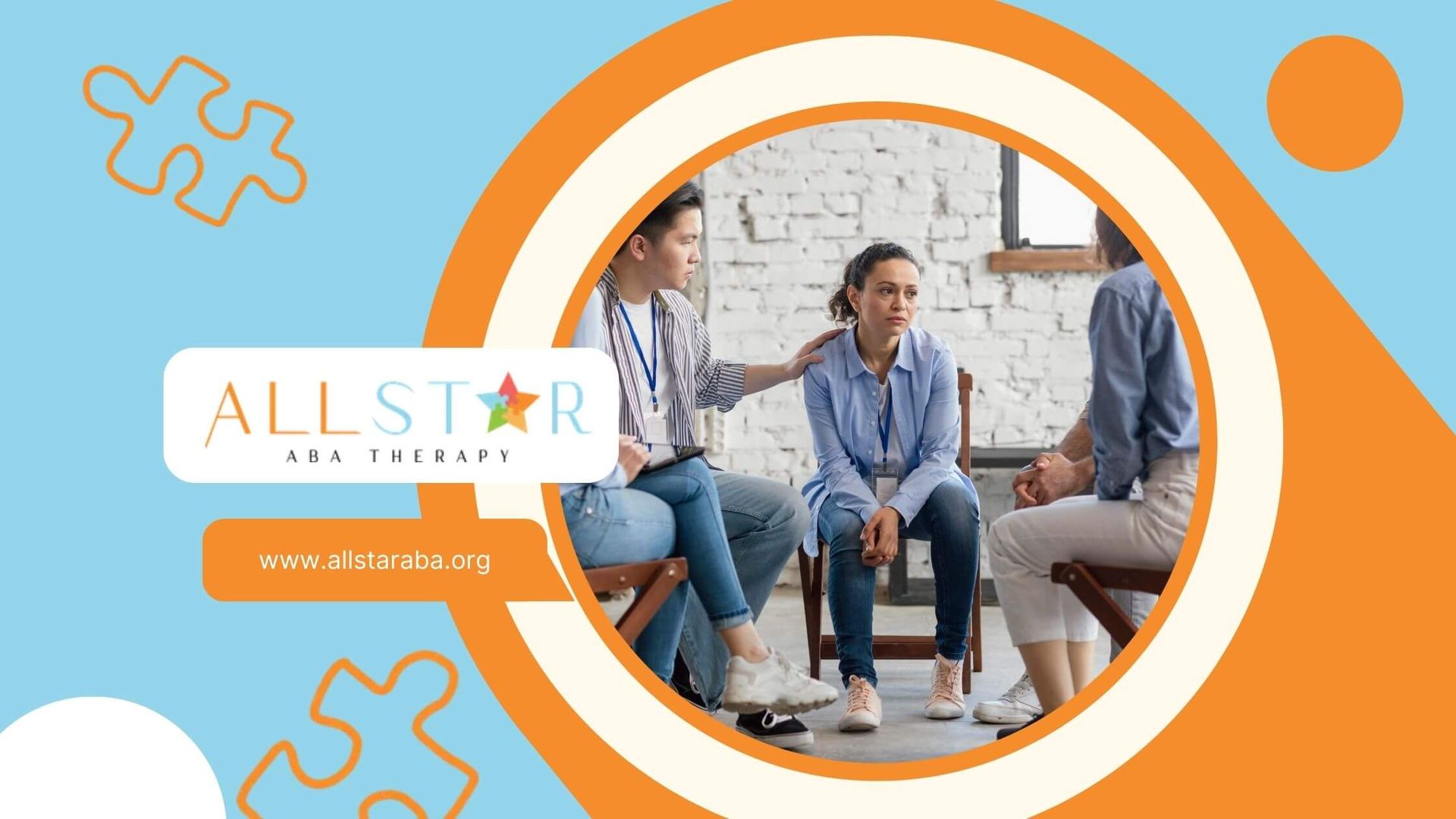New Paragraph
Child-Led ABA: Empowering Autistic Children Through Play and Personal Interests
In the world of autism therapy, a revolutionary approach is gaining traction—Child-Led ABA. This method shifts the focus from traditional, therapist-directed strategies to a more engaging, child-centered model that prioritizes the interests and motivations of the child. By allowing children to take the lead in their learning, Child-Led ABA not only makes therapy more enjoyable but also enhances skill acquisition in a meaningful way.
Imagine a therapy session where your child is excitedly playing with their favorite toys, all while learning essential skills like communication, social interaction, and problem-solving. This is the essence of Child-Led ABA—a transformative approach that recognizes the unique strengths of each child and harnesses their passions to foster growth and development.
In this article, we will explore how Child-Led ABA works, its benefits for autistic children, and how it can help them thrive in everyday life. We will also discuss how All Star ABA implements this innovative approach to ensure that every child reaches their full potential.
Understanding Child-Led ABA Therapy
What is Child-Led ABA?
Child-Led ABA is a specialized form of Applied Behavior Analysis (ABA) therapy that emphasizes the importance of the child’s interests in guiding therapeutic activities. Unlike traditional ABA methods that often follow a structured, adult-directed approach, Child-Led ABA focuses on creating a natural and engaging environment where children feel empowered to learn through play.
This approach recognizes that children are more likely to engage and learn when they are involved in activities they enjoy. By incorporating the child’s preferences into therapy sessions, therapists can create meaningful learning experiences that resonate with the child’s unique personality.
Core Principles of Child-Led ABA
- Child-Centered Learning: The focus is on what the child enjoys and wants to do. Therapists observe and respond to the child's interests to guide learning.
- Natural Environment Teaching (NET): Skills are taught in real-life situations rather than in isolated settings. This helps children generalize skills across different contexts.
- Positive Reinforcement: Therapists provide praise and rewards for desired behaviors, encouraging children to engage more actively in their learning process.
- Flexibility: Sessions are adaptable based on the child's mood and interests, allowing for a more responsive therapeutic experience.
Benefits of Child-Led ABA Therapy
1. Enhanced Engagement and Motivation
Children are naturally more motivated when they are involved in activities that interest them. Research shows that when therapy aligns with a child's passions—be it dinosaurs, trains, or art—they show higher levels of engagement and willingness to participate actively.
- Example: If a child loves animals, a therapist might incorporate animal toys into lessons about sharing or taking turns during playtime.
2. Improved Communication Skills
Child-Led ABA effectively enhances communication abilities by using preferred activities as a platform for language development:
- Therapists might hold back a toy that the child wants during playtime, encouraging them to express their needs verbally or through gestures.
- By embedding communication opportunities within fun activities, children learn to use language in real-life contexts.
3. Social Skills Development
Social interactions can be challenging for autistic children. Child-Led ABA provides opportunities for practicing essential social skills in a supportive environment:
- Therapists create scenarios where children can practice sharing toys or initiating conversations with peers.
- Through collaborative play, children learn important social cues naturally without feeling pressured.
4. Fostering Independence
By allowing children to make choices about their activities, Child-Led ABA promotes autonomy:
- Children learn to express their preferences and initiate interactions with peers or adults.
- This sense of agency helps build confidence and encourages self-advocacy skills.
5. Reducing Challenging Behaviors
When therapy is enjoyable and aligned with a child's interests, frustration often decreases:
- Child-led sessions minimize boredom and resistance to learning.
By focusing on positive experiences, therapists can help reduce behaviors such as tantrums or withdrawal.
Implementation of Child-Led ABA at All Star ABA
At All Star ABA, we recognize the transformative power of Child-Led ABA therapy in supporting autistic children's growth. Here’s how we implement this approach:
1. Individualized Treatment Plans
Our Board Certified Behavior Analysts (BCBAs) conduct thorough assessments to understand each child's unique interests and strengths. This information informs personalized treatment plans that prioritize what excites the child.
2. Family Involvement
We believe parents are essential partners in their child's progress. We involve families by providing training sessions on how to reinforce skills at home using similar strategies employed during therapy sessions.
3. Flexible Session Structures
Therapy sessions at All Star ABA are designed to be adaptable based on the child's mood and preferences:
- Our therapists remain responsive to changes in interest during sessions.
- Activities can be modified on-the-fly to maintain engagement while still targeting therapeutic goals.
4. Natural Environment Teaching (NET)
We emphasize teaching skills within everyday contexts:
- Our therapists utilize real-life situations—such as grocery shopping or playground visits—to teach new skills.
- This helps children generalize what they learn in therapy to their daily lives.
5. Continuous Monitoring and Adjustment
Progress is tracked regularly through data collection:
- Our team reviews data frequently to assess skill acquisition and make necessary adjustments.
- This ensures that therapy remains effective and aligned with each child's evolving needs.
Conclusion
Child-led ABA represents a significant shift in how we approach autism therapy by placing children's interests at the forefront of their learning experiences. This engaging method not only fosters motivation but also enhances communication skills, social interactions, and independence—all crucial components for helping autistic children thrive.
At All Star ABA, we are committed to providing personalized care through innovative approaches like Child-Led ABA therapy tailored specifically for your child's needs. If you’re ready to empower your child through engaging therapy that celebrates their uniqueness—contact us today! Let us partner with you on this journey toward unlocking your child’s full potential!
Frequently Asked Questions
What is Child-Led ABA?
Child-Led ABA is an approach within Applied Behavior Analysis that focuses on using a child's interests to guide therapeutic activities, making learning more engaging and effective.
How does Child-Led ABA improve communication skills?
By incorporating preferred activities into sessions, therapists create natural opportunities for children to express their needs verbally or through gestures during play.
Can Child-Led ABA help reduce challenging behaviors?
Yes! When therapy is enjoyable and aligned with a child's interests, frustration decreases significantly, leading to fewer challenging behaviors.
How does All Star ABA implement Child-Led ABA?
We create individualized treatment plans based on each child's interests, involve families in training sessions, utilize flexible structures during therapy, emphasize natural environment teaching, and continuously monitor progress.
Is Child-Led ABA suitable for all autistic children?
While many children benefit from this approach, it’s essential for therapists to assess individual needs and preferences before implementing any specific strategies.
Need Support?
We're Here to Help!
Our experienced team is ready to assist you. Reach out today to discuss how we can support your child's development and well-being.
Get started with expert ABA therapy today.



